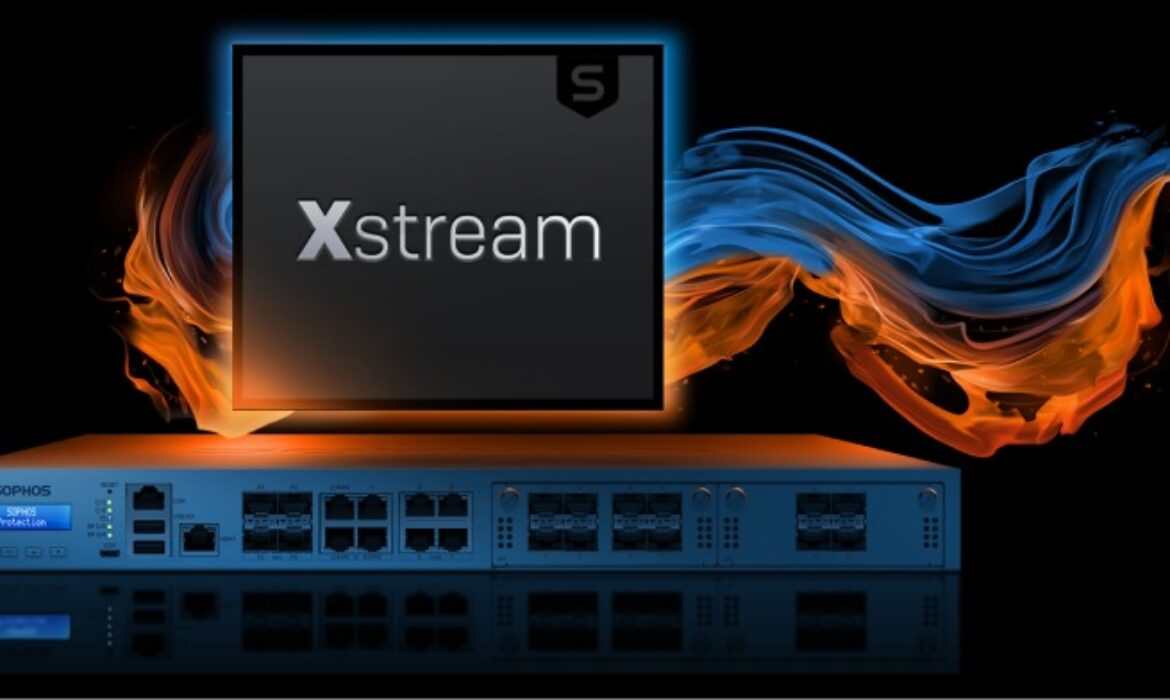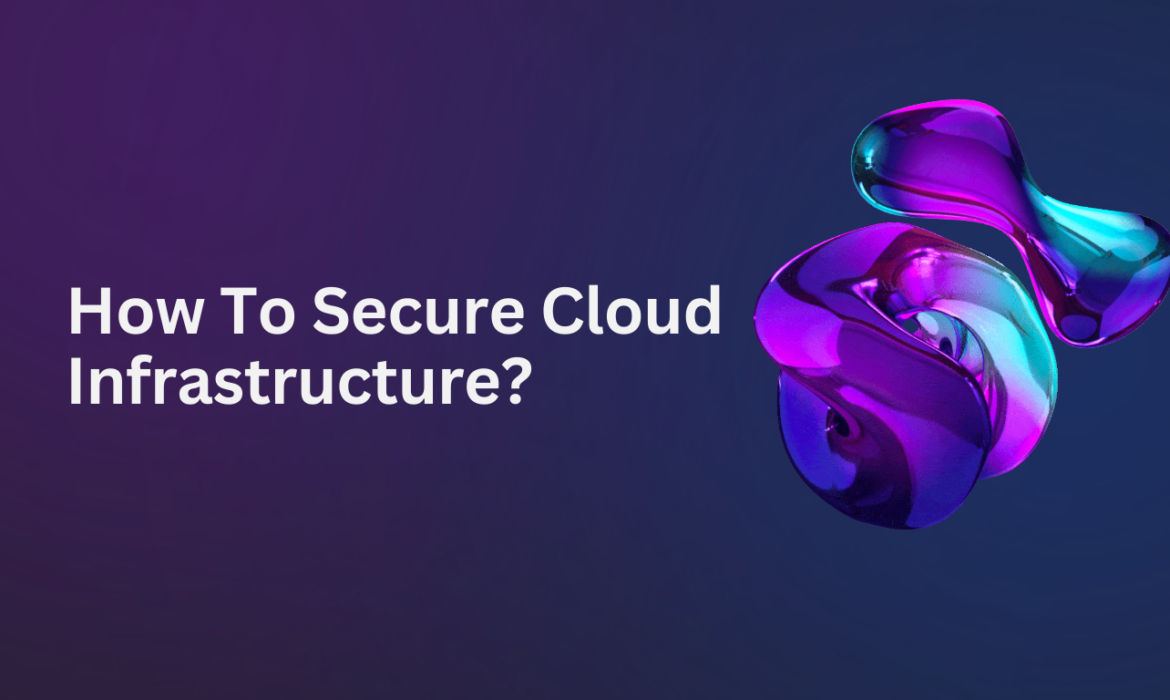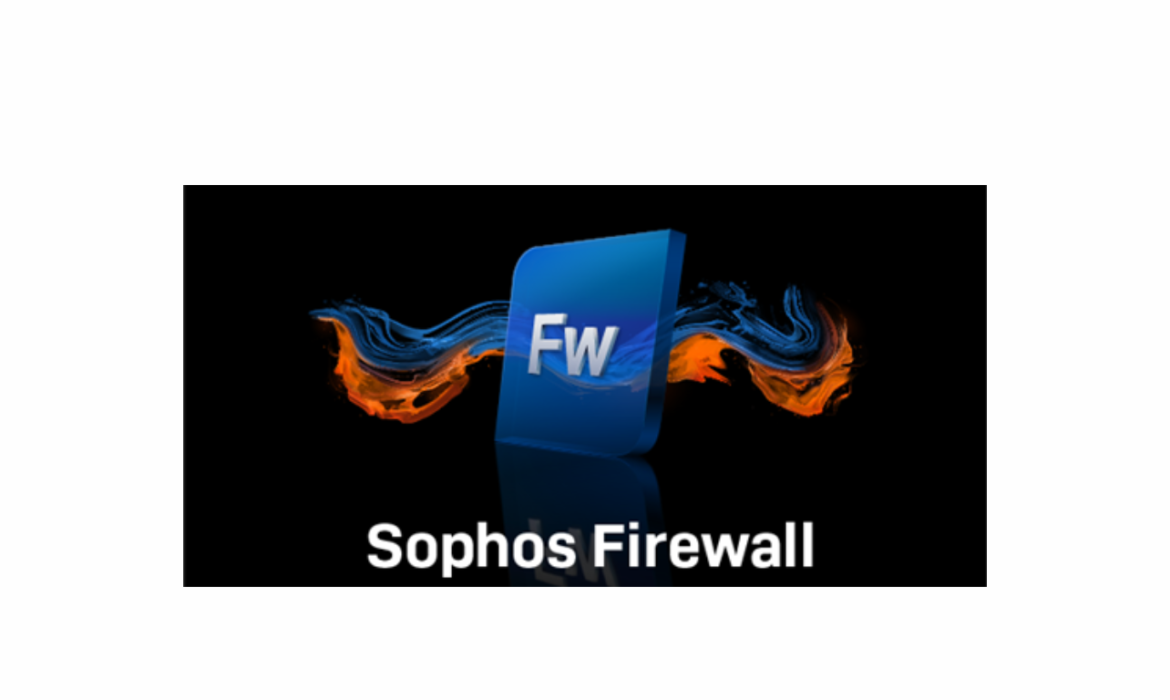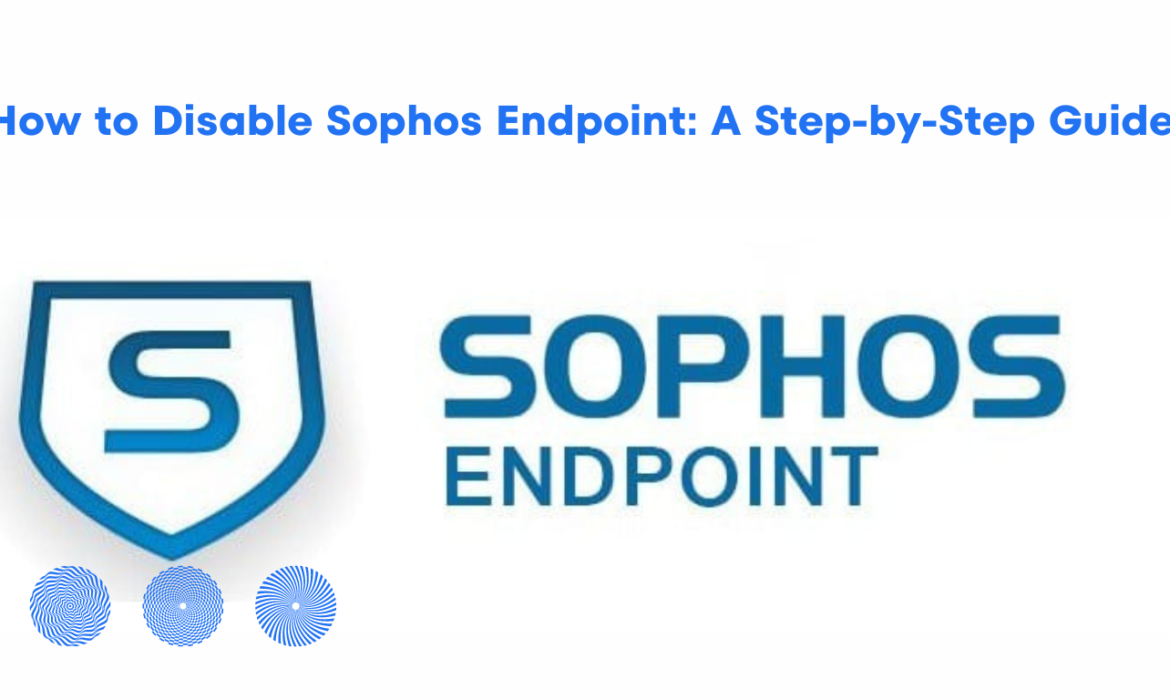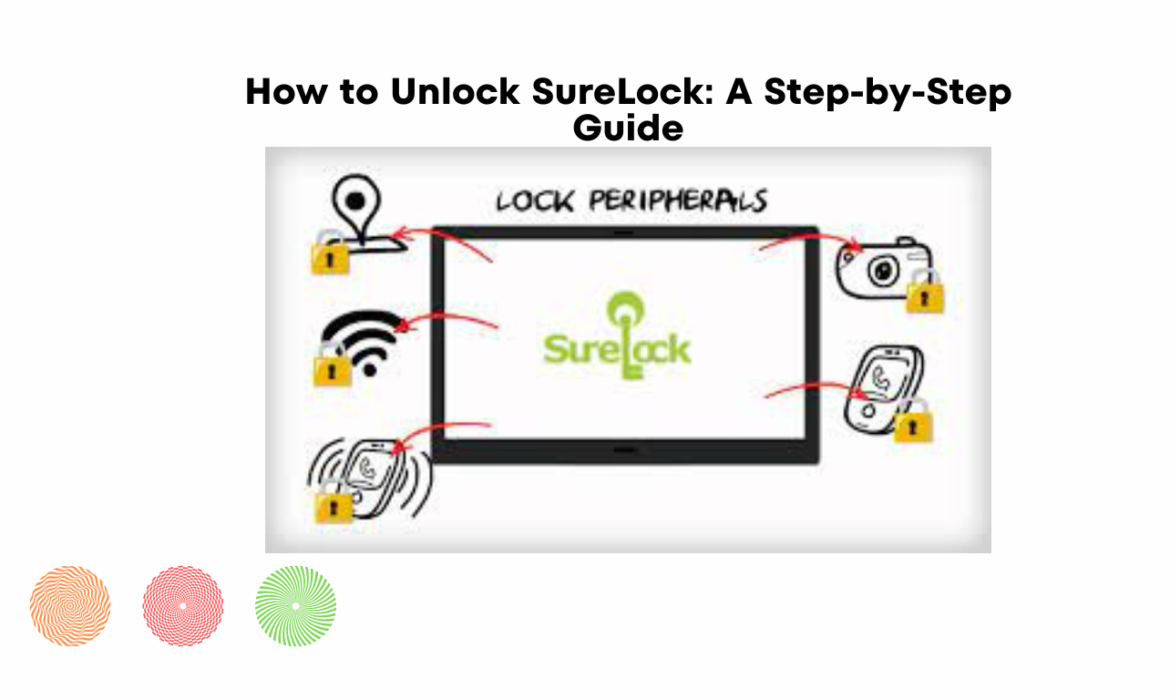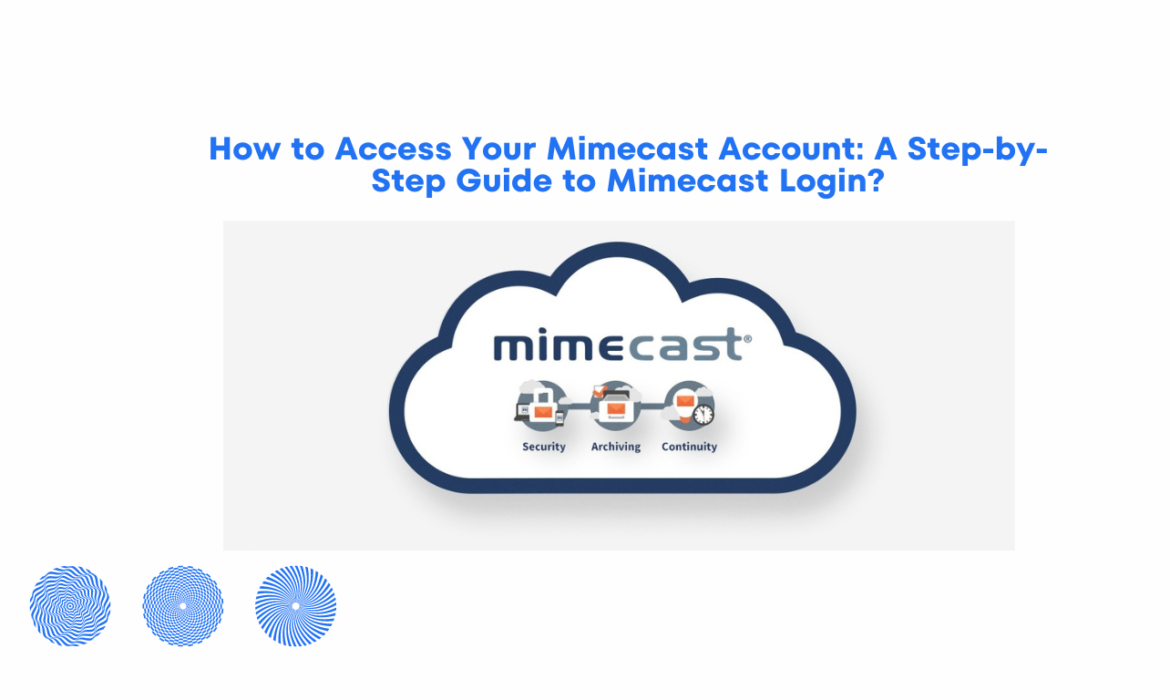Sophos Firewall Price
If you are looking to stable your enterprise community in Dubai, one solution you would possibly remember is the Sophos Firewall. Sophos Firewall is a complicated network protection solution that offers comprehensive protection against a wide range of threats, which include malware, ransomware, and hacking attempts. In this publish, we’ll explore the Sophos Firewall price in Dubai and what you may anticipate to pay for this powerful protection answer.
What is Sophos Firewall?
Sophos Firewall is a network security solution designed to defend companies from cyber threats. It offers superior protection towards a huge variety of assaults, consisting of malware, ransomware, and hacking attempts. With features like intrusion prevention, utility manipulation, and internet filtering, Sophos Firewall affords complete protection on your business community.
Sophos Firewall Price in Dubai:
The Sophos Firewall price in Dubai can range relying on several factors, which include the range of customers and the extent of protection required. Generally speaking, Sophos Firewall is priced on a in step -with-consumer foundation, with charges ranging from around AED 500 to AED 1,000 consistent with consumers per year.
Sophos Firewall Features:
Here are some of the key functions you could count on from Sophos Firewall:
Network Protection: Sophos Firewall offers superior community protection towards an extensive variety of threats, along with malware, ransomware, and hacking attempts.
Web Filtering: Sophos Firewall can block access to malicious web sites and different online threats, supporting to maintain your network steady.
Application Control: Sophos Firewall helps you to control getting admission to packages to your network, assisting to prevent unauthorized entry to and making sure compliance with organization rules.
Intrusion Prevention: Sophos Firewall can hit upon and block intrusion tries in actual time, helping to prevent attacks earlier than they could do any damage.
Reporting and Analysis: Sophos Firewall provides distinctive reviews on community interest, allowing you to identify capability security threats and take proactive steps to protect your network.
Remote Access: Sophos Firewall includes a VPN for faraway right of entry to, allowing employees to safely access the business enterprise network from anywhere within the global.
Conclusion:
Sophos Firewall is an effective community safety solution that can help shield your commercial enterprise from a wide variety of threats. While the charge of Sophos Firewall in Dubai can vary depending on numerous elements, it commonly costs from around AED 500 to AED 1,000 per consumer in step with yr. With capabilities like community safety, web filtering, and application management, Sophos Firewall offers comprehensive safety for your business network. So in case, you’re seeking to secure your enterprise network in Dubai, Sophos Firewall is really worth considering. Contact us at Green Edge Computers to know more.
Best Practices for Securing Your Cloud Infrastructure
As more and more businesses move to the cloud, security has become a major concern. With the threat of cyber-attacks growing more sophisticated and prevalent, it is crucial to secure your cloud infrastructure. In this blog post, we’ll discuss the best practices for protecting your business data in the cloud.
Understand Your Cloud Infrastructure:
The first step in securing your cloud infrastructure is to understand it. This means knowing what data is stored in the cloud, how it’s stored, who has access to it, and how it’s being used. This information is critical in developing a comprehensive security strategy.
Implement Strong Authentication and Access Controls:
Strong authentication and access controls are essential components of securing your cloud infrastructure. This includes using multi-factor authentication, enforcing strong passwords, and limiting access to sensitive data on a need-to-know basis.
Use Encryption:
Encryption is a fundamental tool for securing your cloud infrastructure. Data encryption ensures that your sensitive data remains secure even if it falls into the wrong hands. Make sure you’re using encryption for data at rest and in transit.
Monitor Your Cloud Infrastructure:
Continuous monitoring of your cloud infrastructure is vital in detecting and responding to security threats. This involves using tools such as intrusion detection systems, firewalls, and security information and event management (SIEM) solutions to monitor unusual activity.
Develop a Disaster Recovery Plan:
No matter how secure your cloud infrastructure is, disasters can happen. Developing a disaster recovery plan is critical in minimizing the impact of an incident. Make sure your disaster recovery plan includes regularly backing up your data and testing the plan to ensure it works.
Keep Your Cloud Infrastructure Up-to-Date:
Keeping your cloud infrastructure up-to-date with the latest patches and updates is vital to maintaining security. Make sure you’re regularly applying security updates to your infrastructure to ensure it’s protected against the latest threats.
Educate Your Employees:
Your employees are your first line of defence when it comes to securing your cloud infrastructure. Make sure you’re educating them on best practices for security, such as using strong passwords, avoiding phishing emails, and reporting suspicious activity.
Conclusion
In conclusion, securing your cloud infrastructure is critical in protecting your business data. By understanding your infrastructure, implementing strong authentication and access controls, using encryption, monitoring your infrastructure, developing a disaster recovery plan, keeping your infrastructure up-to-date, and educating your employees, you can help ensure your cloud infrastructure remains secure. Contact us at Green Edge Computers to know more.
Sophos Firewall: An Introduction to Cybersecurity
Sophos Firewall is a powerful network security device designed to protect your organization against cyber threats. Sophos Firewall offers many features and is suitable for businesses of any size. This blog delves into the features and benefits of Sophos Firewall.
What is Sophos Firewall?
It is a network security device that provides advanced protection against cyber threats. Sophos Firewall, whether hardware or software-based, controls and monitors incoming and outgoing network traffic. Sophos Firewall is designed to offer maximum security, visibility, and control over your network.
Features of Sophos Firewall:
Sophos Firewall offers a wide range of features that make it an ideal choice for businesses of all sizes. Some of the key features of Sophos Firewall include:
- Intrusion Prevention System (IPS): Sophos Firewall comes with an advanced IPS system that helps to detect and prevent network intrusions.
- Application Control: Sophos Firewall controls network access, reducing the risk of cyber attacks.
- Web Filtering: Sophos Firewall’s web filtering capabilities block malicious websites and inappropriate content to prevent user access.
- VPN: Sophos Firewall offers secure remote access through Virtual Private Network (VPN) connections, which enable users to access network resources from anywhere.
- Advanced Threat Protection: Sophos Firewall comes with advanced threat protection capabilities, which help to detect and block malware and other advanced cyber threats.
Benefits of Sophos Firewall:
Sophos Firewall offers a range of benefits that make it an ideal choice for businesses looking to secure their network. Some of the key benefits of Sophos Firewall include:
- Enhanced Security: Sophos Firewall provides advanced security features that help to protect your network against cyber threats.
- Increased Visibility: Sophos Firewall offers enhanced visibility into your network, allowing you to identify potential threats and take proactive measures.
- Improved Control: Sophos Firewall provides control over network access, applications, and web filtering for greater network control.
- Simplified Management: Sophos Firewall provides a centralized management console that makes it easy to manage your network security.
Conclusion
Sophos Firewall is a powerful network security device that offers advanced protection against cyber threats. It provides a range of features and benefits that make it an ideal choice for businesses of all sizes. Choosing Sophos Firewall, you can enhance the security, visibility, and control of your network, and protect your organization against cyber attacks.Contact us at Green Edge.
How to Disable Sophos Endpoint: A Step-by-Step Guide
Sophos Endpoint is a popular security solution that protects against malware and online threats. However, there may be situations where you need to disable Sophos Endpoint temporarily or permanently. In this article, we’ll walk you through the steps on how to disable Sophos Endpoint on your computer.
Step 1: Stop the Sophos Endpoint Service
The first step to disabling Sophos Endpoint is to stop the service. To do this, follow the steps below:
- Press the Windows key + R to open the Run dialogue box.
- Type “services.msc” and press Enter.
- Locate the “Sophos Endpoint” service in the list.
- Right-click on it and select “Stop” from the context menu.
This will stop the Sophos Endpoint service from running on your computer. Keep in mind that this will only temporarily stop the service, and it will start again the next time you restart your computer. If you want to disable the service permanently, follow the steps in the next section.
Step 2: Disable the Sophos Endpoint Service
After stopping the service, the next step is to disable it. Here’s how:
- Right-click on the “Sophos Endpoint” service in the list.
- Select “Properties” from the context menu.
- In the “Startup type” drop-down menu, select “Disabled.”
- Click “OK” to save the changes.
Step 3: Uninstall the Sophos Endpoint Client
If you want to remove Sophos Endpoint from your computer permanently, follow these steps:
- Press the Windows key + X to open the Quick Link menu.
- Select “Apps and Features” from the menu.
- Locate the “Sophos Endpoint” client in the list of installed apps.
- Click on it and select “Uninstall.”
- Follow the prompts to complete the uninstallation process.
Step 4: Restart Your Computer
After completing the above steps, restart your computer to ensure that all changes take effect.
Conclusion:
In this article, we’ve provided a step-by-step guide on how to disable Sophos Endpoint on your computer. Whether you need to disable it temporarily or permanently, the above steps should help you accomplish this task. However, it’s important to remember that disabling Sophos Endpoint can leave your computer vulnerable to malware and other threats, so be sure to re-enable it as soon as possible.
Contact us for more information: Green Edge
How to Unlock SureLock: A Step-by-Step Guide
SureLock is a mobile device management software that helps users restrict access to specific applications and features on Android devices. Forgetting SureLock’s password or PIN to unlock it can cause a lot of inconveniences. In this blog post, we will discuss a step-by-step guide on how to regain access to SureLock.
Follow these steps to unlock Unlock SureLock:
Step 1:
Launch SureLock The first step in unlocking SureLock is to launch the app on your Android device. After launching the app, you’ll encounter a lock screen with a field to enter the password or PIN.
Step 2:
Tap on “Forgot Password” If you have forgotten your password or PIN, you can tap on the “Forgot Password” option. This option is usually located under the password or PIN entry field.
Step 3:
Enter Registered Email Address After tapping on the “Forgot Password” option, you will be prompted to enter the registered email address used for the SureLock account setup. Once you have entered the email address, you can tap “Send Email”.
Step 4:
Check Your Email SureLock will send an email to your registered email address with a password reset link. To reset your password, you need to check your email for the password reset link from SureLock. Click on the link to open the password reset page.
Step 5:
Create a New Password On the password reset page, you will be asked to enter a new password. Select a robust and memorable password that’s difficult for others to guess. After entering the new password, click the “Reset Password” button.
Step 6:
Use New Password to Unlock SureLock After resetting your password, you can use the new password to unlock SureLock. Enter the new password in the password or PIN entry field on the SureLock lock screen.
Step 7:
Contact SureLock Support Team (if needed) If you’re still unable to unlock SureLock, you should reach out to the SureLock support team for additional assistance. Ask them How to Unlock SureLock ? They will be able to provide you with additional guidance on how to regain access to SureLock.
What are the features of surelock?
SureLock is a robust mobile device management software with features that allow users to limit access to specific Android device applications and features.
Here are some of the key features of SureLock:
Application Control:
SureLock empowers users to manage Android device app access. Users can whitelist/blacklist apps and choose their usage and timing.
Device Control:
SureLock enables users to restrict access to device settings, including Wi-Fi, Bluetooth, and mobile data. Whitelisting or blacklisting app usage helps ensure device usage is for intended purpose and prevents unauthorized device setting changes.
Remote Management:
SureLock offers remote management capabilities that allow administrators to manage and monitor multiple devices from a central location. This feature is especially beneficial for organizations that require the management of significant numbers of Android devices.
Kiosk Mode:
SureLock can be used to turn an Android device into a kiosk, allowing users to access only a specific set of applications and features. This functionality is advantageous in locations such as retail stores, museums, and information kiosks.
Password Protection:
SureLock allows users to set up password protection for their Android devices. Users can choose to use a password, PIN, or pattern to unlock their device.
Custom Branding:
SureLock allows users to customize the branding and appearance of their Android devices. Users can add their logos, backgrounds, and themes to create a unique look and feel for their devices.
App Management:
SureLock allows users to manage the installation and removal of applications on their Android devices. Specifying application usage via whitelisting or blacklisting helps ensure authorized app installations on the device.
Conclusion:
In conclusion, forgetting your SureLock password or PIN can be a frustrating experience, especially if you urgently need to access your device. Follow the guide to regain access to SureLock and use your Android device without restrictions. I hope you got the answer to your question How to Unlock SureLock ?
How to Access Your Mimecast Account: A Step-by-Step Guide to Mimecast Login?
Are you having trouble accessing your Mimecast account? Mimecast is a leading provider of email security and cyber resilience solutions. In this blog, we’ll guide you through the Mimecast login process so you can access your account and stay protected.
Step 1: Go to the Mimecast login page
To access your Mimecast account, go to the Mimecast login page at https://login.mimecast.com/. Make sure you have your login credentials handy: your email address and password.
Step 2: Enter your login credentials
Enter your email address and password in the fields provided. If you’ve forgotten your password, click the “Forgot your password?” Click on the provided link and then follow the instructions to reset the item in question.
Step 3: Verify your identity
If this is the first time you’re logging into your Mimecast account, you may be prompted to verify your identity. This may involve answering security questions or entering a verification code sent to your email or phone.
Step 4: Access your Mimecast account
Once you’ve entered your login credentials and verified your identity, you should be able to access your Mimecast account. From here, you can manage your email security settings, view your quarantine messages, and more.
What is Mimecast?
Mimecast is a global company that provides cloud-based email management, security, and archiving services. Their services include email security, targeted threat protection, data loss prevention, email archiving, and email continuity. Mimecast aims to help organizations of all sizes to mitigate the risks associated with email communication, such as cyber threats, data breaches, and email downtime. They provide solutions for email security, compliance, and productivity, with the goal of helping businesses maintain secure and reliable email communication. Mimecast’s services are used by more than 36,000 customers around the world, including large enterprises, small and medium-sized businesses, and public sector organizations.
What are the uses of Mimecast?
Mimecast is a cloud-based email security and management platform that offers a variety of services to businesses and organizations. One of the primary uses of Mimecast is the email security, as it provides advanced threat protection and security features to protect against various email-borne threats such as phishing attacks, malware, and spam. Mimecast also offers email archiving, which provides a secure, searchable, and scalable email archive for compliance and e-discovery purposes.
Another use of Mimecast Login is email continuity, which ensures that email service remains available during outages or planned downtime. This feature allows employees to continue working without interruption. Mimecast also offers email encryption, which encrypts emails to protect sensitive information and maintain compliance with regulations such as HIPAA, GDPR, and PCI.
Additionally, Mimecast uses advanced algorithms to identify and block spam emails, reducing the amount of unwanted email that reaches user inboxes. This service is known as email spam filtering. Mimecast also allows organizations to apply consistent branding and formatting to their email communications, creating a professional image and improving recognition.
Overall, Mimecast provides a comprehensive email management solution that addresses the challenges of email security, compliance, and continuity. Its services are designed to enhance the efficiency and effectiveness of email communication for businesses and organizations of all sizes.
Know some additional information about Mimecast
Here are some additional details on Mimecast:
- Mimecast was founded in 2003 and is headquartered in London, UK. It has offices in the United States, South Africa, Australia, and Europe.
- Mimecast serves more than 38,000 customers worldwide, including small and medium-sized businesses, large enterprises, and government organizations.
- The platform is designed to work with all major email systems, including Microsoft Exchange, Office 365, and Google Workspace.
- Mimecast uses a multi-layered approach to email security, including threat intelligence, machine learning, and real-time detection and response.
- The platform offers a range of deployment options, including cloud-based, on-premises, and hybrid solutions.
- Mimecast has received numerous industry awards and recognitions for its email security and management services, including recognition as a Leader in the Gartner Magic Quadrant for Enterprise Information Archiving and As a leader in Forrester Wave for enterprise email security.
- In addition to its email management services, Mimecast also offers a range of training and education resources, including webinars, videos, and articles, to help customers improve their email security and management practices.
What are the benefits of using Mimecast?
- Improved Email Security: Mimecast Login provides advanced protection against email-borne threats, reducing the risk of data breaches and other security incidents.
- Enhanced Compliance: Mimecast’s email archiving and encryption features help organizations meet regulatory compliance requirements, such as HIPAA, GDPR, and PCI.
- Business Continuity: Mimecast’s email continuity feature ensures that email service remains available during outages or planned downtime, minimizing the impact on business operations.
- Reduced Spam: Mimecast’s email spam filtering feature helps reduce the amount of unwanted email that reaches user inboxes, improving productivity and reducing the risk of security incidents.
- Professional Image: Mimecast’s email branding feature allows organizations to apply consistent branding and formatting to their email communications, creating a professional image and improving recognition.
Use Cases for Mimecast:
- Small Businesses: Small businesses can benefit from Mimecast’s email security and spam filtering features, which help protect against email-borne threats and reduce the amount of unwanted email that reaches user inboxes.
- Enterprises: Enterprises can benefit from Mimecast’s email archiving, encryption, and continuity features, which help meet compliance requirements and ensure business continuity during outages or planned downtime.
- Healthcare: Healthcare organizations can benefit from Mimecast’s email encryption and archiving features, which help maintain compliance with regulations such as HIPAA.
- Financial Services: Financial services organizations can benefit from Mimecast’s email archiving and encryption features, which help maintain compliance with regulations such as PCI.
Conclusion:
Mimecast Login is a cloud-based email security and management platform that offers a range of services to protect against email-borne threats, meet compliance requirements, and ensure business continuity. Its features include email security, archiving, continuity, encryption, spam filtering, and branding. Mimecast serves a wide range of customers worldwide and has received numerous industry awards and recognitions for its email security and management services.

